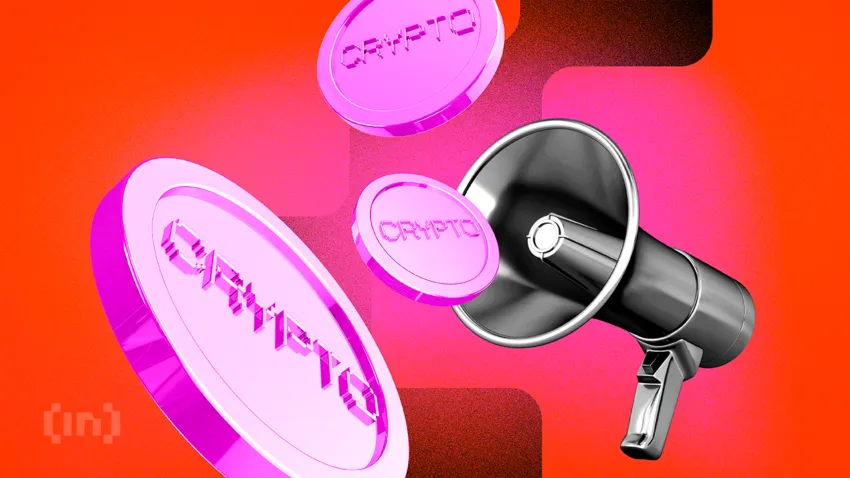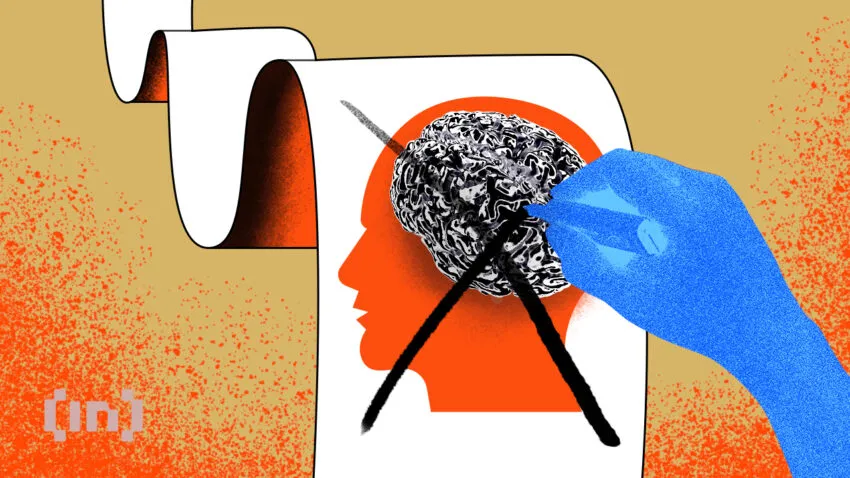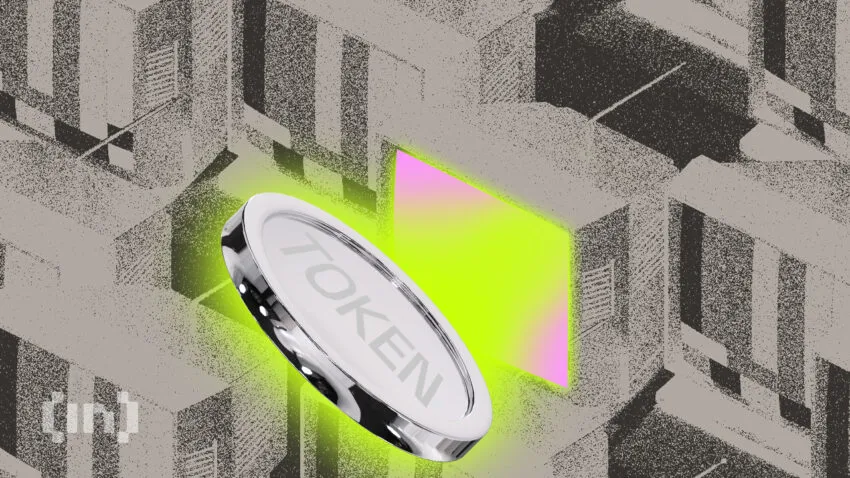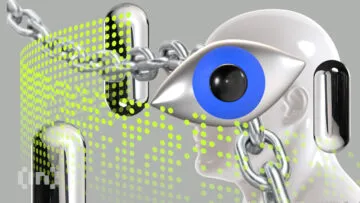Cryptocurrencies are breaking down the boundaries of financial services for those without access to legacy systems. They increase financial transparency and enable borderless high-speed, low-cost transactions. Creating a crypto token allows developers to bootstrap their projects by enabling users to buy tokens and provide liquidity.
This step-by-step guide is for anyone who has ever wanted to create their own cryptocurrency, no matter the reason. We outline how to navigate the technical, regulatory, and legal challenges that must be overcome before a token can be successfully launched. All the steps needed before listing a token on a decentralized exchange (DEX) will be explained. Plus, we cover a host of things to consider before taking the plunge into the world of crypto.
What to consider before creating a crypto token

Before even thinking about the practical side of creating a token, it’s vital to ensure that the planned token has strong technical fundamentals. You also must make sure the token is compliant with regulatory requirements. It’s important to consider what a digital token is set to enable ahead of its creation. Will it be a utility token to enable access to an ecosystem? Or will it be a speculative so-called meme token? This all helps to define the project goals for both the short term and the long term.
On a practical level, the token’s parameters, name, logo, and symbol all need to be thought through. The symbol is particularly important. With so many tokens out there, finding one that isn’t already in use can be challenging. Changing the symbol of a token once it has already been listed can be a painful and time-consuming process. So it’s best if this is avoided.
This is arguably the most important stage in the development process. Whether the community sees a project’s vision as coherent and whether ecosystem participants believe the foundations are in place for this vision to be achieved play a key role in determining how successful a token might be.
What is the regulatory environment?
Once the intent behind a project has been defined, the legal and regulatory environments must be considered. This is the case both for the creation of a token and for its listing within the desired regions. Regulations vary from country to country and can quickly change. It’s important to stay on top of the latest developments, even after a token has been created and listed.
For instance, crypto mining in the UK is not yet regulated or restricted. However, any profits from mining have to be disclosed to the UK tax authorities. Similarly, staking programs have recently been under pressure by regulators in the USA. So, it might be important to consider whether staking will be a feature of the project.
Pick a blockchain for your crypto token
At this point, a decision needs to be made about which blockchain the token will be built on, although this has likely already been considered during the project’s inception. Transaction speeds, gas fees, community support, DEX compatibility, and scaling capabilities all vary widely between chains, so the decision is important.
For example, Ethereum gas fees can be expensive, while Solana is cheaper but has a history of outages. On top of this, each chain has a unique user base with its own interests. For example, the NFT ecosystem on Solana is well-developed, and there are many mature decentralized finance (DeFi) projects on Ethereum.
Will the token being created leverage a pre-existing user base for rapid growth or instead look to provide a first-of-its-kind proposition for the chosen blockchain? TON blockchain has been chosen for the creation of an example token. The high-speed chain with low transaction fees and unique scaling capabilities enables any TON-based token, known as a Jetton, to be effortlessly traded by millions of users.
Time to deploy the smart contract

Now that the project’s goals are established, relevant regulations have been reviewed, and a decision has been made on the desired chain, it’s time to deploy the token’s smart contract.
Smart contracts are self-executing programs that automate the actions required in an agreement. Smart contracts are the fundamental building blocks of blockchain-based applications. Creating a new smart contract requires extensive technical knowledge. However, depending on the chosen blockchain, a developer may not need to build this from scratch.
TON Minter, for example, is a service accessible with any browser. It enables the straightforward creation of a Jetton on the TON blockchain. The service uses TON’s existing token standards to enable simple deployment of tokens to the TON mainnet in one click.
This swift and highly accessible service, which breaks down the technical boundaries to development that smart contracts create, is a testament to TON’s commitment to empowering new users with the tools to access and interact with web3.
Other blockchains have also developed this type of token-minting application. For example, Kaleido’s five-step ERC-20 minting process provides users with extensive customization of their token’s foundations and features, including protocol and provider selection. Meanwhile, Polygon’s NFT minter creates ERC-721 or ERC-1155 NFTs within just a couple of clicks.
The creation of minter solutions, such as those on TON and Polygon, is just one way that projects are looking to hasten the mass adoption of blockchain technology. These minting services offer users an accessible route for creating new digital tokens and projects within ecosystems that are easily scalable.
Begin token distribution
Those starting a project should consider how to build a flourishing community of users right from the start. This becomes particularly crucial once a token has been successfully created. Central to this is the way in which the token is set to be distributed. There’s not much use in creating a token without an idea of how to distribute it. This provides a key opportunity to build community trust. If well thought out, tokenization can also boost the decentralization of an ecosystem.
Token distribution plans determine how tokens will be allocated between team members, investors, and the public. They should be drawn up and then made publicly available in order to establish community trust. Vesting schedules, which require certain obligations to be met before tokens can be traded, can be particularly helpful to new tokens. This is because they prevent immediate token dumping and allow for a long-term project to maintain a strong liquidity pool. Airdrops from the team treasury should also be considered to reward the most active members of the ecosystem.
Once these plans are in place, it’s time to engage the community earnestly and begin token distribution.
Should you list your crypto token on a CEX vs. a DEX?
The token has now been successfully created and distributed. The question now is how to enable as many users as possible to obtain access to the token and how to improve the liquidity of the nascent ecosystem. Integrating with an exchange can provide immediate access to a new pool of potential users, thereby enhancing the token’s liquidity and accessibility. A token listing can also increase market awareness more broadly, possibly helping to further expose the token to new potential users, supporters, and investors.
There are two options to consider when distributing a token — a centralized exchange or a decentralized exchange. Custody is the major difference between the two platforms. This is because a DEX has no central authority or third party involved in its operation. Consequently, any user depositing funds on a DEX retains full control of their funds.
When using a CEX, users rely on a third-party intermediary to ensure their funds are safe. While the perceived additional security of a DEX is often seen as a benefit, DEXs can be difficult for the uninitiated to access. Therefore, the end goal for any project should be to be listed on both CEXs and DEXs. Both play a key role in granting differing groups of people access to tokens.
It is often more straightforward to list on a DEX than a CEX. This is a result of the lack of central authority, and so this would likely be the first port of call when considering how best to distribute a token via an exchange listing. This is possibly also one reason why the Initial DEX Offering has replaced the controversial Initial Coin Offering as the distribution method of preference for early-stage projects.
Choosing a DEX for your newly created crypto token
As with choosing a chain, there must be extensive consideration of which DEX aligns with the project’s goals. Some DEXs, such as DeDust, enable users to perform multi-hop trades with low gas fees and extreme scalability thanks to TON’s infinite sharding paradigm.
Tsunami Exchange, another DEX built on TON, offers users a KYC-free decentralized derivatives market, which serves as a trading hub.
Each DEX will have specific listing requirements, so it’s important to consider these carefully and provide the necessary documentation. This includes a project whitepaper, legal compliance details, and information regarding the history of the project’s development and the development team.
Once a DEX has been identified and the requisite documentation is ready, it’s time to contact the DEX and express interest in a listing. The DEX will then provide instructions on what is specifically required and how to submit it. Then, before conducting a thorough review of the project and flagging any potential concerns.
After the due diligence is complete and the DEX’s listing fees have been paid, the digital token will then be listed on the exchange and commence trading. Early token holders should be encouraged to provide liquidity in order to maintain price stability by ensuring that there are sufficient buy and sell orders to prevent large price fluctuations.
Learning how to create a crypto token is just the beginning
The creation and listing of a new, fully compliant token on a DEX enabled is just the first step. As the token and its ecosystem continue to grow, new partnerships should be forged with bridges and exchanges to secure additional liquidity and further the token’s market reach. Alongside this, continued transparent communication regarding future plans and the project’s progress will help to foster credibility and build an engaged community.
Frequently asked questions
Why create a digital token in the first place?
What is vesting?
What is a centralized exchange (CEX)?
What is a decentralized exchange (DEX)?
About the author

Anthony Tsivarev is the director of developer relations at TON Foundation. Tsivarev previously served as a senior partner at First Stage Labs, a key venture builder in the TON ecosystem. Tsivarev has an extensive background in developing a super app for 100M MAU and a developer platform with over 8M applications. His primary role at TON Foundation is to attract new developers to the ecosystem and assist them in building successful projects.
Disclaimer
In line with the Trust Project guidelines, the educational content on this website is offered in good faith and for general information purposes only. BeInCrypto prioritizes providing high-quality information, taking the time to research and create informative content for readers. While partners may reward the company with commissions for placements in articles, these commissions do not influence the unbiased, honest, and helpful content creation process. Any action taken by the reader based on this information is strictly at their own risk. Please note that our Terms and Conditions, Privacy Policy, and Disclaimers have been updated.




